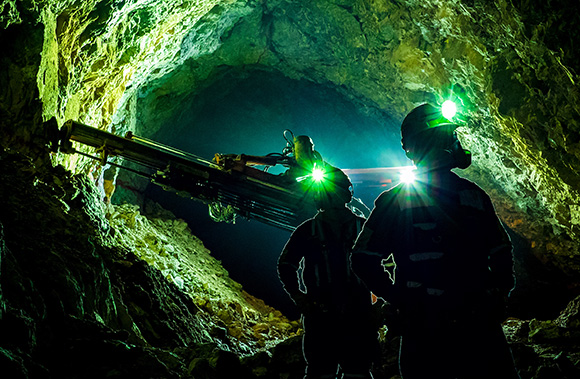The story of silver mining began about 5,000 years ago.
Silver was first mined around 3,000 BCE in Anatolia, now located in modern-day Turkey. The precious metal helped early civilizations in the Near East, Ancient Greece to flourish.
In about 1,200 BCE the center of silver production shifted to Greece’s Laurium mines, where it continued to feed the region’s growing empires, even providing currency for ancient Athens. By about 100 CE, the center of silver mining moved to Spain, where the mines became a major supplier for the Roman Empire and an essential trading component along the Asian spice routes.
However, no other single event in silver’s history rivals the discovery by European conquerors of the white metal in the Americas following Columbus’s landing in the New World in 1492. The events that unfolded in the following years changed the face of silver and the world forever.
The Spanish conquest of the Americas led to an increase in the mining of silver that dramatically eclipsed anything that had come before that time. Between 1500 and 1800, Bolivia, Peru and Mexico accounted for over 85 percent of world silver production and trade as it bolstered Spanish influence in the New World and elsewhere.
Later, mining spread to other countries, most notably the United States with the discovery of the Comstock Lode in Nevada.
Silver production continued to expand worldwide, growing from 40 to 80 million ounces annually by the 1870s.
The period from 1876 to 1920 witnessed an explosion in both technological innovation and exploitation of new regions worldwide. Production over the last quarter of the 19th century quadrupled over the average of the first 75 years to a total of nearly 120 million ounces annually.
New silver discoveries in Australia, Central America and Europe added to total world silver production. The twenty years between 1900 and 1920 resulted in a 50 % increase in global production, and brought the total to about 190 million ounces annually. These increases were spurred by new discoveries in Canada, the United States, Africa, Mexico, Chile, Japan, and elsewhere.
During the 1900s, new mining techniques contributed to a massive rise in overall silver production. Breakthroughs included steam-assisted drilling, mine dewatering, and improved haulage. Further, advances in mining techniques enhanced the ability to separate silver from other ores and made it possible to handle larger volumes of material.
These new methods were critical to the increased volume of production, as many of the high-grade ores throughout the world had been largely used up by the end of the 19th century.
More than 5,000 years after ancient cultures first began to mine in relatively small amounts, silver mine production has now grown to almost 800 million ounces in 2019.


Recent Comments